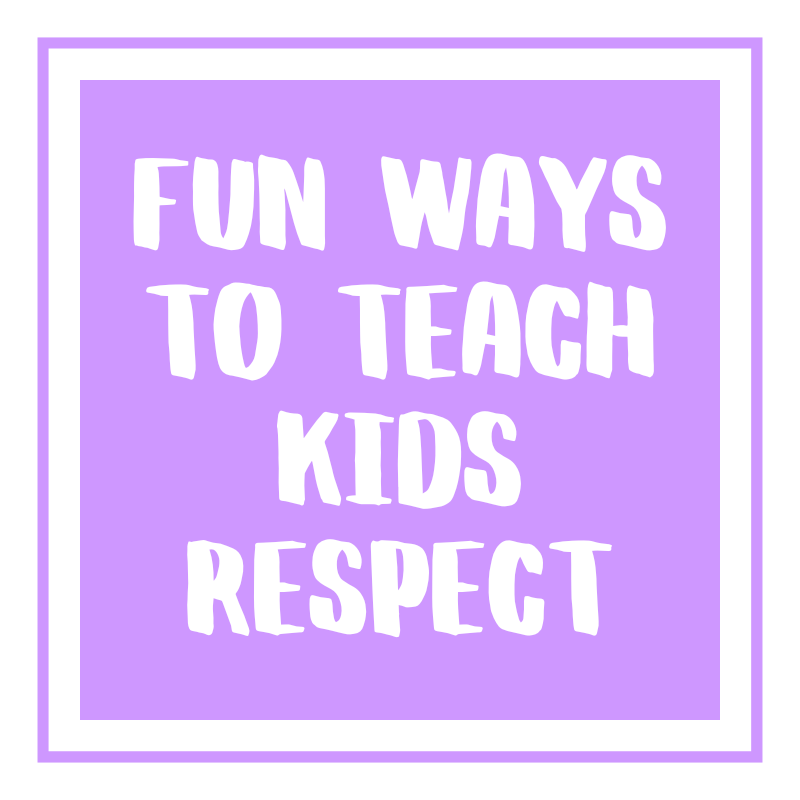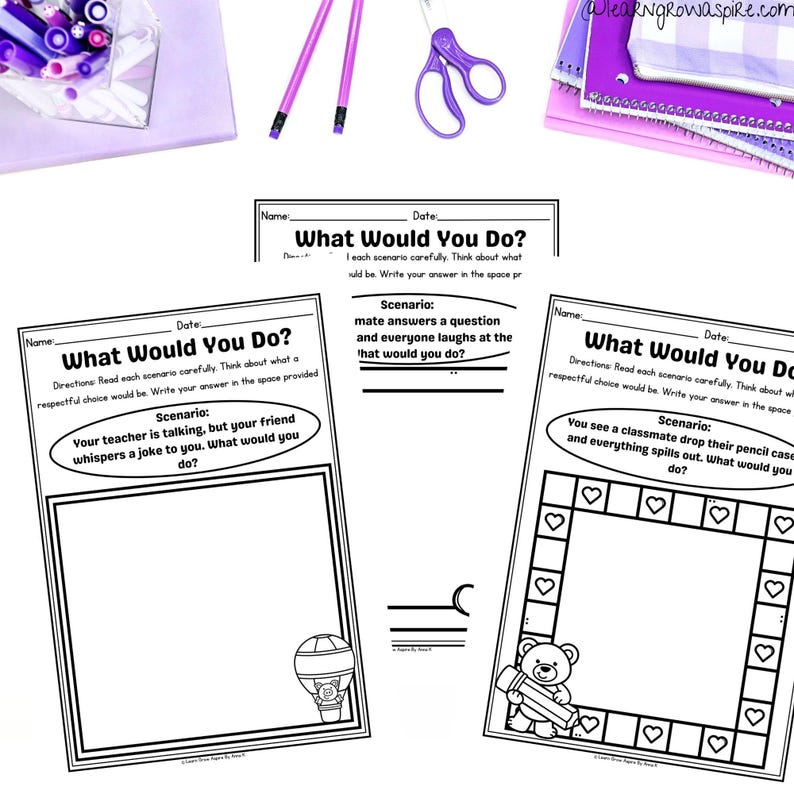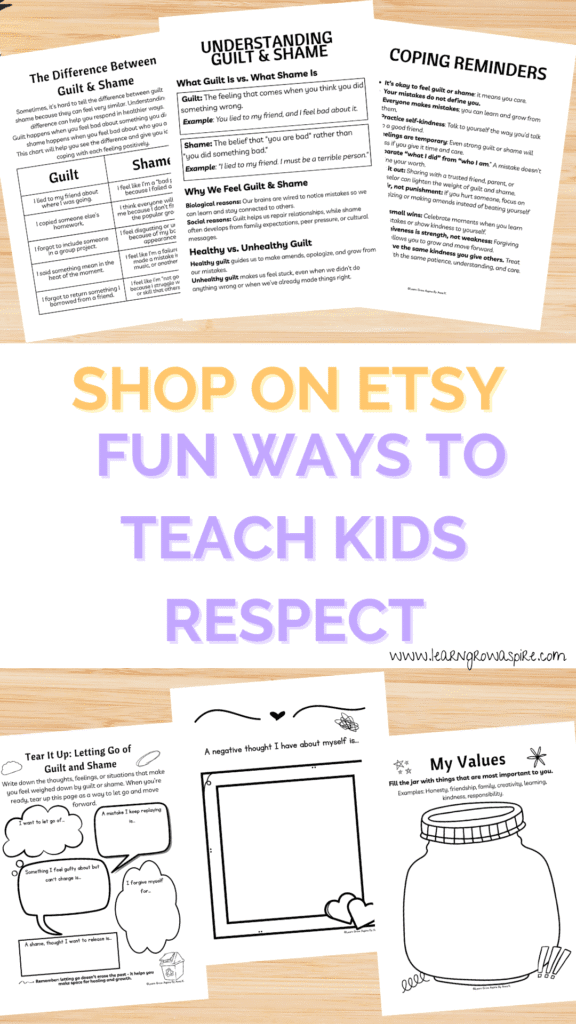In this post, we’ll explore practical, age-appropriate, and fun ways to teach kids respect at home, in the classroom, and beyond.

Respect is one of the most important values we can teach our children. It lays the foundation for positive relationships, empathy, responsibility, and kindness. But let’s be honest, teaching respect isn’t always easy. Kids don’t automatically understand what respect looks like in action, and lectures don’t always stick. The good news is that there are fun and creative ways to help children learn respect in ways that feel natural, engaging, and meaningful.
Why Teaching Respect Matters?
Respect is more than just saying “please” and “thank you.” It’s about valuing others, understanding differences, showing kindness, and being responsible for one’s actions.
When kids learn respect:
-
They develop stronger friendships.
-
They communicate better with adults and peers.
-
They grow more empathetic and compassionate.
-
They build confidence and a sense of responsibility.
By making respect part of everyday life and introducing it in fun, interactive ways, children can begin to see it as something positive, not just another rule to follow.
Fun Ways To Teach Kids Respect

1. Role-Playing Scenarios
Role-playing is an engaging way to help kids understand how their words and actions affect others. Create simple scenarios such as:
-
Sharing toys with a sibling.
-
Talking to a teacher politely.
-
Helping a friend who dropped their books.
Encourage kids to act out both respectful and disrespectful behaviors, then discuss how each made them feel.
This not only builds empathy but also helps them practice respectful choices in a safe environment.
2. Respect Jar
Create a “Respect Jar” at home or in your classroom.
Every time a child shows respect, perhaps by listening patiently, using kind words, or helping without being asked, add a token, marble, or slip of paper to the jar.
When the jar is full, celebrate with a fun activity, such as a family movie night or a special class game.
This simple visual reinforces positive behavior and shows kids that respect is something to be noticed and celebrated.
3. Books and Stories about Respect
Children’s books are powerful tools for teaching values. Reading stories about respect can open up meaningful conversations. After reading, ask questions like:
-
How did the character show respect?
-
How would you feel if you were in their shoes?
-
What would you do differently?
Some great books on respect include:
Stories give kids an opportunity to recognize respect when it’s in action and connect it to real life.
4. “What Would You Do?” Games
Turn teaching moments into a game.
Present kids with different scenarios, such as:
-
A classmate accidentally bumps into you. What would you do?
-
Your friend doesn’t want to play the game you suggested. How can you handle it?
-
You see someone being left out. What could you do to show respect?
Kids can answer individually, in pairs, or as a group.
The fun part is hearing different solutions and discussing why some responses show more respect than others.
5. Respect Worksheets & Activities

Sometimes kids need hands-on practice to fully understand what respect looks like in action.
Worksheets and structured activities are a great way to reinforce respectful behaviors in a fun and engaging way.
These can include:
-
Coloring pages where children identify and color those who show respect.
-
“What would you do?” scenarios that help them think about respectful choices.
-
Word searches and puzzles with respect-themed words.
-
Reflection prompts to encourage kids to think about how they show respect at home, school, and in their community.
If you’re looking for ready-to-use resources, I’ve created a set of Respect Worksheets and Activities for Kids that are perfect for classrooms or at-home learning.
They’re designed for grades 3–5, but younger or older kids can benefit too.
👉 Check out the Respect Worksheets and Activities on my Etsy shop here.
These printables make teaching respect interactive, structured, and enjoyable for kids while saving you time as a parent or teacher.
6. Respect Craft Activities
Art projects can help kids internalize big ideas.
Try activities such as:
-
Respect Posters – Encourage your kids to create posters that illustrate what respect looks like at school, home, or on the playground.
-
Kindness Chain – Each time they show respect, they add a colorful paper link to a classroom or family chain. Over time, they’ll see how respect builds connections.
-
Respect Coupons – Kids make coupons they can “spend” on respectful acts, such as helping a sibling or saying something kind to a friend.
7. Modeling Respect
Children learn best by example. Show respect in the way you speak to them, to your partner, and to others around you. Use polite words, listen attentively, and handle disagreements calmly. Kids are more likely to mirror what they see than what they’re told.
You can even make it interactive by pointing out when you make a respectful choice and asking them to do the same.
For example:
“I held the door open for the person behind me. Can you think of a respectful thing you did today?”
8. Songs and Rhymes
Younger kids love music, and songs make lessons stick. Sing simple rhymes about kindness, taking turns, and using polite words. For example:
-
A song about saying “please” and “thank you.”
-
A chant about listening ears and quiet mouths.
-
A fun rhyme about sharing toys.
Adding rhythm and movement makes the concept of respect fun and memorable.
9. Respect Circle Time
In classrooms or family gatherings, set aside a few minutes for a “Respect Circle.” Each person shares one respectful thing they noticed someone else doing that day.
For example:
-
“I noticed Emily waited for her turn during the game.”
-
“I liked how Rayyan helped pick up the blocks.”
This activity not only highlights positive behavior but also encourages kids to look for and recognize respect in others.
10. 12 Day Respect Challenge
A great way to help kids put respect into action is through a fun daily challenge. Each day, they focus on one small act of respect. By the end of 12 days ( or however much you desire), these little steps can build lasting habits. You can do this at home, in the classroom, or even as a family challenge.
11. Community Projects
Respect extends beyond the home and school.
Get kids involved in community activities like cleaning up a park, donating gently used toys, or making cards for nursing home residents.
These projects show children that respect also means caring for the environment and for people they may not know.
Tips For Parents And Teachers
-
Be consistent – Reinforce respectful behavior daily, not just when problems arise.
-
Use praise wisely – Recognize respectful actions with specific praise: “I like how you listened carefully to your friend.”
-
Set clear expectations – Kids need to know what respectful behavior looks like in different settings, at home, in school, or in public.
-
Make it fun – Respect doesn’t have to be taught sternly. Play, laugh, and enjoy the process together.
Fun Ways To Teach Kids Respect
Teaching respect is one of the greatest gifts we can give our children. It equips them with the tools they need to build strong relationships, succeed in school, and contribute positively to their communities.
By weaving fun activities into everyday routines, whether through games, crafts, role-play, or storytelling, we can make respect something children understand, enjoy, and live out.
When kids see that respect isn’t just about rules but about kindness, fairness, and valuing others, they’ll be more likely to practice it naturally.
And the best part?
Respect is contagious—when kids learn it, they spread it.
SHOP OUR RESPECT WORKSHEETS FOR KIDS
More SEL Blog Posts
Here are some more SEL blog posts you may be interested in:
- Free feelings chart for kids printable
- SEL activities for K-2 classrooms
- Activities to foster a growth mindset
Pin These Fun Ways To Teach Kids Respect
Save these 11 fun ways to teach kids respect to your SEL Pinterest board, so that you can easily find them when needed. And while on Pinterest, please consider following me on the platform. I would absolutely appreciate it.

Some of the links in this post may be affiliate links. I’m also an Amazon Affiliate and will occasionally link to some of my favorite Amazon products. I will receive a small percentage back if you purchase through my link. You won’t be charged a penny more if you shop through my links. That said, I do NOT recommend anything I do not use and love! Thank you for helping support my blog!
